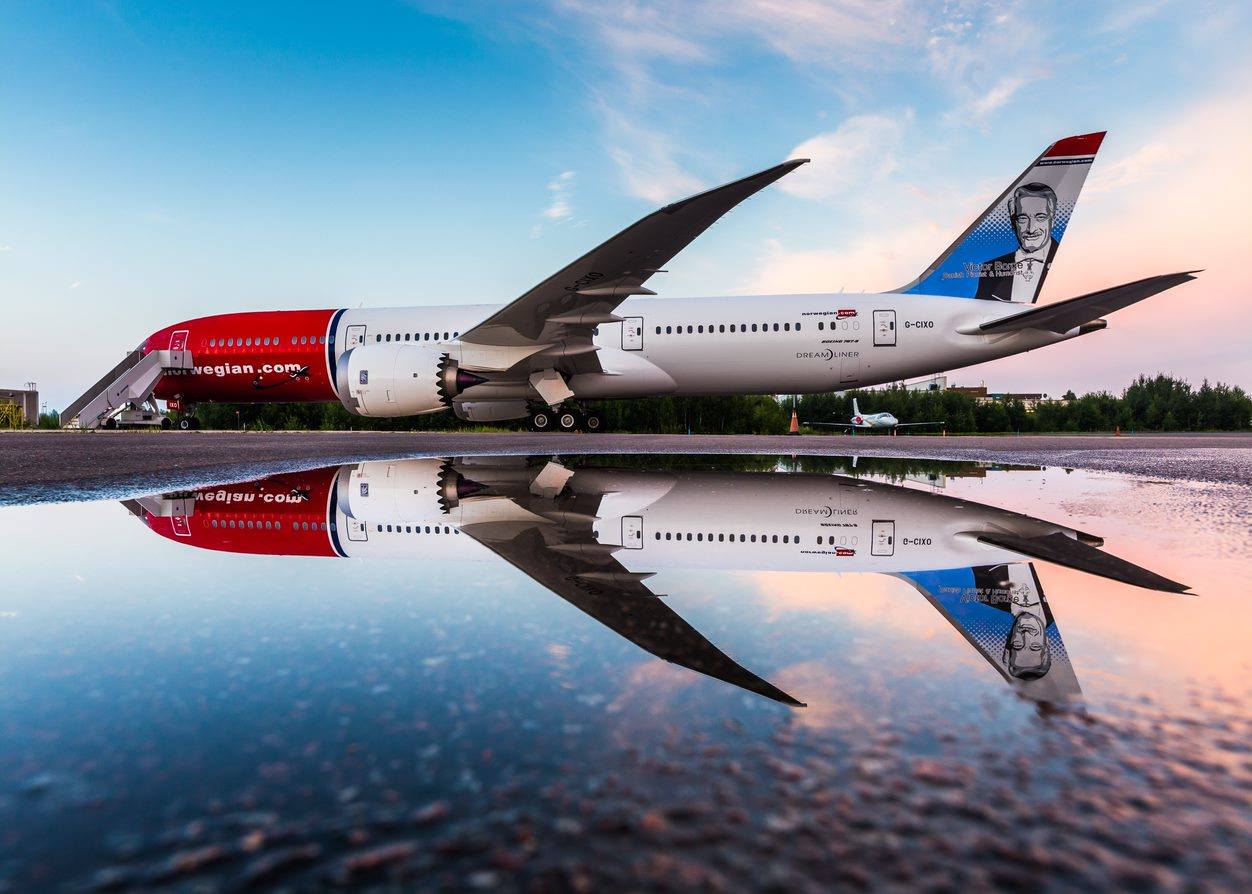
Ever wondered why pilots say "Speedbird" or "Cactus" over the radio? These are airline call signs, unique identifiers used in aviation communication. Call signs help avoid confusion, ensuring clear and precise communication between pilots and air traffic controllers. Some are straightforward, like "Delta" for Delta Airlines, while others, like "Speedbird" for British Airways, have fascinating histories. Understanding these call signs can make your next flight more interesting and give you a peek into the world of aviation. Ready to learn some cool facts about these unique identifiers? Buckle up and let's take off into the world of airline call signs!
Key Takeaways:
- Airline call signs are unique identifiers used in aviation to ensure clear communication and safety. They often differ from the airline's name and can reference cultural elements or historical significance.
- Call signs have made their way into pop culture, with references in movies like "Top Gun" and "Star Wars." As technology advances, the future of call signs may involve digital integration and global standardization for enhanced safety.
What Are Airline Call Signs?
Airline call signs are unique identifiers used by pilots and air traffic controllers to communicate. These call signs are essential for ensuring safety and efficiency in the skies. Let's dive into some fascinating facts about these unique identifiers.
-
Origin of Call Signs: Airline call signs originated in the early days of aviation to avoid confusion between similar-sounding flight numbers.
-
ICAO and IATA: The International Civil Aviation Organization (ICAO) and the International Air Transport Association (IATA) are responsible for assigning call signs to airlines.
-
Not Always the Airline Name: Call signs often differ from the airline's name. For example, British Airways uses "Speedbird" as its call sign.
-
Historical Significance: Some call signs have historical significance. "Speedbird" was originally the logo of Imperial Airways, a predecessor of British Airways.
How Call Signs Are Chosen
Choosing a call sign involves creativity and practicality. Airlines consider various factors to ensure their call signs are unique and memorable.
-
Short and Sweet: Call signs are typically short, often one or two words, to ensure clear communication.
-
Avoiding Confusion: Airlines avoid call signs that sound similar to prevent miscommunication. For example, Delta Air Lines uses "Delta" while Alaska Airlines uses "Alaska."
-
Cultural References: Some call signs reference cultural or regional elements. Hawaiian Airlines uses "Hawaiian" to reflect its roots.
-
Animal Themes: Animal-themed call signs are popular. Frontier Airlines uses "Frontier Flight" but often refers to their animal mascots in marketing.
Unique and Interesting Call Signs
Some call signs stand out due to their uniqueness or interesting backstories. Here are a few that might surprise you.
-
"Cactus": US Airways used "Cactus" as its call sign, a nod to its roots in the American West.
-
"Brickyard": Republic Airways uses "Brickyard," referencing the Indianapolis Motor Speedway, also known as "The Brickyard."
-
"Velocity": Virgin Australia uses "Velocity," reflecting the airline's brand and speed.
-
"Springbok": South African Airways uses "Springbok," the national animal of South Africa.
Call Signs in Pop Culture
Call signs have also made their way into pop culture, becoming recognizable even to those outside the aviation industry.
-
"Top Gun" Influence: The movie "Top Gun" popularized the use of call signs, with characters like "Maverick" and "Goose."
-
"Red Leader": In "Star Wars," the Rebel Alliance uses call signs like "Red Leader" during battles.
-
"Air Force One": The call sign "Air Force One" is used for any aircraft carrying the President of the United States.
The Future of Call Signs
As technology advances, the use and nature of call signs may evolve. However, their importance in aviation communication remains steadfast.
-
Digital Communication: With the rise of digital communication, call signs are now integrated into advanced flight management systems.
-
Global Standardization: Efforts are ongoing to standardize call signs globally to enhance safety and efficiency.
-
AI and Automation: Future advancements in AI and automation may influence how call signs are assigned and used, potentially making air travel even safer.
Final Take on Airline Call Signs
Airline call signs are more than just identifiers; they’re a blend of history, culture, and practicality. From British Airways’ “Speedbird” to Southwest Airlines’ “Cactus,” each call sign tells a unique story. These names help pilots and air traffic controllers communicate clearly, ensuring safety in the skies. Some call signs honor the airline’s heritage, while others are chosen for their distinctiveness. Understanding these call signs adds a layer of appreciation for the complexity of air travel. Next time you’re on a flight, listen closely—you might catch a glimpse of the fascinating world behind those seemingly simple names. Whether you’re an aviation enthusiast or just curious, knowing these facts can make your travel experience richer. So, keep an ear out and enjoy the journey with a bit more insight into the skies above.
Frequently Asked Questions
Was this page helpful?
Our commitment to delivering trustworthy and engaging content is at the heart of what we do. Each fact on our site is contributed by real users like you, bringing a wealth of diverse insights and information. To ensure the highest standards of accuracy and reliability, our dedicated editors meticulously review each submission. This process guarantees that the facts we share are not only fascinating but also credible. Trust in our commitment to quality and authenticity as you explore and learn with us.


